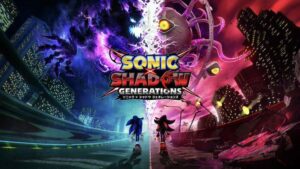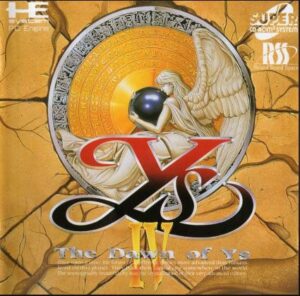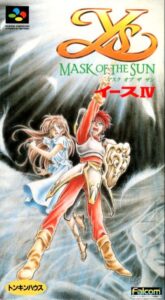And thus we come to the end of the Nolan trilogy. Batman Begins returned the Dark Knight to the realm of live action after nearly a decade of absence following the abysmal Batman & Robin. Then The Dark Knight came along and showed us that Batman could appeal to more than just comic book fans and be a genuinely good film that anyone could enjoy. Some view The Dark Knight as one of the greatest Batman films ever created, but Nolan wasn’t finished yet, he had one more film he wanted to make that would cement his legacy on these character. Let us not wait any longer, this is 2012’s The Dark Knight Rises!
Introduction & Pre-Production
As we dive into the pre-production of The Dark Knight Rises, we need to speak about what was forgone in order to bring us the film we ended up receiving. Following the release of Batman Begins screenwriter David S. Goyer had penned two distinctly different sequels. The first script focused more on the efforts of Batman, Commissioner Gordon, and Harvey Dent who were hunting The Joker, whereas the second script would see Harvey corrupted and scarred by The Joker turning him into Two-Face. Those familiar with The Dark Knight will notice that the final film would eventually give us something very similar to what was written in that second script.
Unfortunately, the development of The Dark Knight and Rises were affected by the death of Heath Ledger. It has been confirmed by both production staff and Ledger’s own family that original scripts for The Dark Knight Rises featured Ledger as The Joker once more. Those scripts had to be altered to accommodate the change in direction. If you’ll remember the ending of The Dark Knight did not see The Joker killed off as they did plan to bring him back. Christopher Nolan opted not to recast The Joker and therefore move the story away from him as a tribute to Ledger’s performance and memory.
Following the death of Ledger, Nolan was unsure of what direction to take for a third film and even considered scrapping it before a new direction was settled upon. The final film was once again co-written by the brothers Christopher and Jonathan Nolan, as well as David S. Goyer. The producers remained unchanged, which were Emma Thomas, Charles Roven, and Christopher Nolan. In charge of cinematography was Wally Pfister whilst the score was composed by Hans Zimmer. As with previous films in the trilogy, distribution was handled by Warner Brothers in coordination with Legendary Pictures and DC Entertainment. The Dark Knight Rises was released in theaters on July 16th in the US and July 20th in the UK.
Synopsis & Writing
Eight years have passed since the end of The Dark Knight and Gotham City is now a much different place. On the surface it appears that the city has entered a new era of peace. Organized crime has been all but eliminated from the streets, and law enforcement seems well equipped to handle the problems that do occur. This is all thanks to the legacy left behind by Harvey Dent, with residents blissfully unaware of what their ill-fated savior had become. The resulting fallout from how the previous film ended has disillusioned the Dark Knight, so he’s hung up his cowl and has no interest in returning.
This illusion of peace and order is shattered when shadows begin to move to bring about Gotham’s reckoning. Once again faced with the potential destruction of everything he holds dear, Batman returns to the mantle to save his city once for and all.
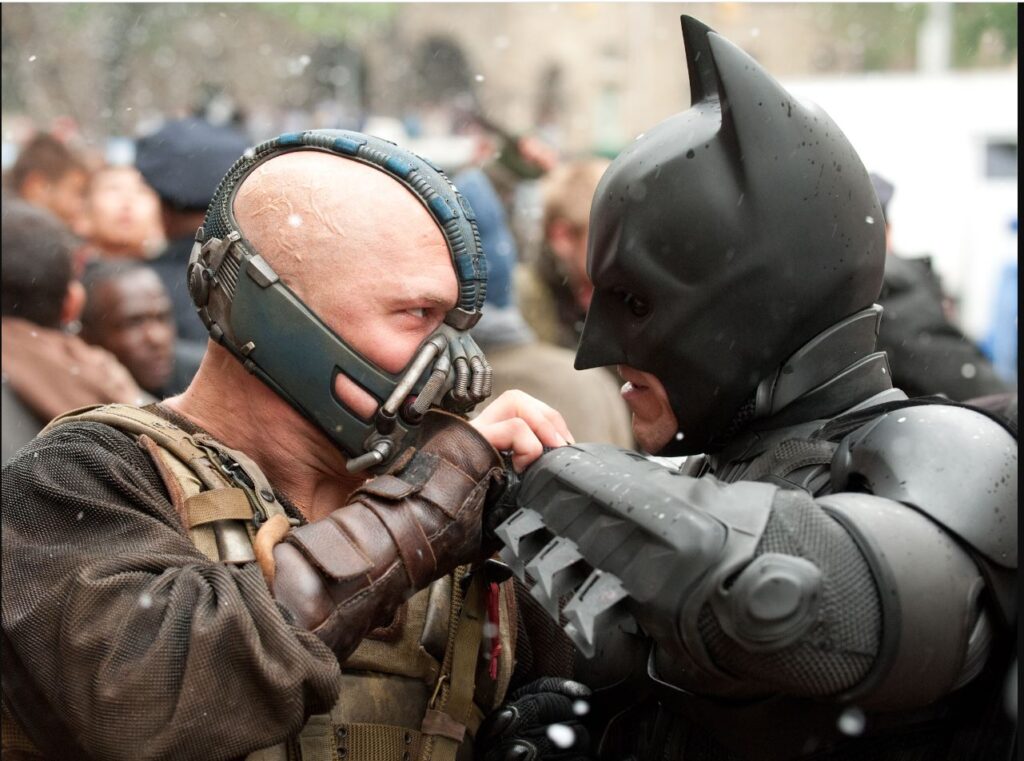
The Dark Knight Returns more than any other film in trilogy takes its time to establish the conflict and characters within. Only Batman Begins devotes more time toward establishing the setting and that makes sense as it was the film that originated the universe and setting. But the third and final filmcomes in at a close second for the time it takes to establish the characters and the conflict within, whereas the Dark Knight jumped right into the heart of matters. Those who enjoy a more methodical, slower type of storytelling will very much enjoy the pacing of this film.
The Nolan films have always shied away from more contrived comic book storytelling and are more like detailed character studies of the DC brand’s fan favorites. Batman Begins gave us our first cinematic take on Ra’s Al Ghul and Scarecrow, whilst The Dark Knight gave us a different interpretation of The Joker and Two-Face. Rises, however, gives us Nolan’s interpretation of Cat Woman, Bane, and Talia Al Ghul.
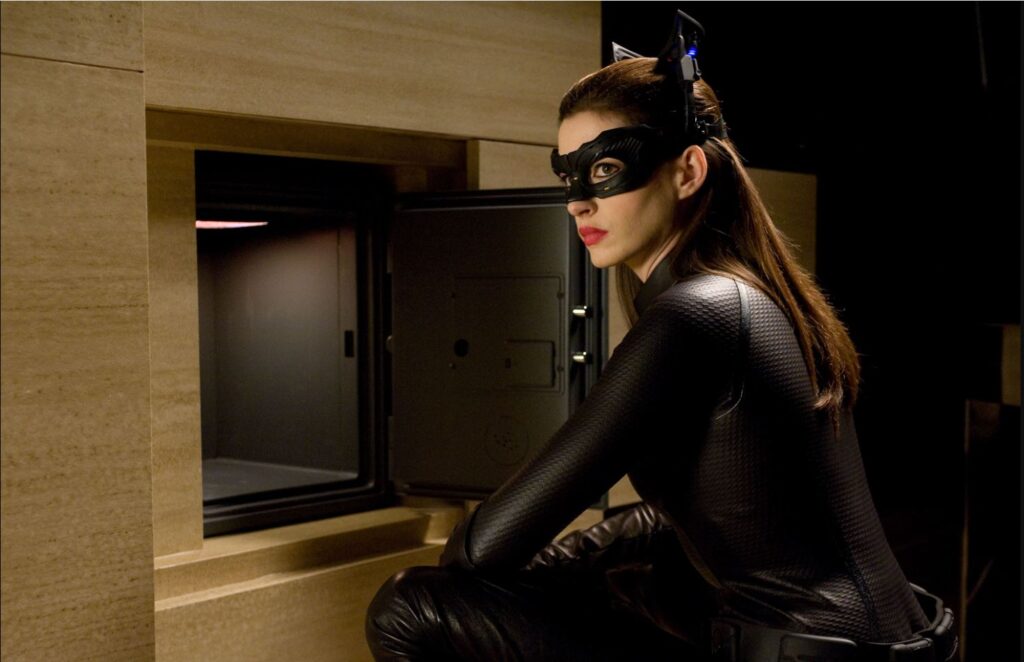
All of these interpretations have gone on to become well beloved and iconic versions of these characters. Bane in particular is what may be my favorite version of the character, which is a far cry from what the writers of Batman & Robin had to say about the character. Tom Hardy does an excellent job bringing him to life and manages to do so through his physical acting and on-screen presence. The Joel Schumacher films had a lot of constraints laid upon them by the property owner Warner Bros., and that probably contributed to what those films ended up becoming. The Nolan films comparatively had few constraints imposed and could focus on being good films period, and not just good comic book movies, which in my opinion contributes to how the Nolan films were received.
Nolan had hesitations about making another Batman film following the loss of Ledger, unsure if they could make a worthy follow up to The Dark Knight. He wanted to be sure that if they were to make another film it would be a definitive conclusion and Rises certainly lives up to that objective. The film makes a conscious effort to connect itself with both Batman Begins and The Dark Knight in terms of not only its characters and narrative, but also the themes. This is the end of a trilogy in its purest form.
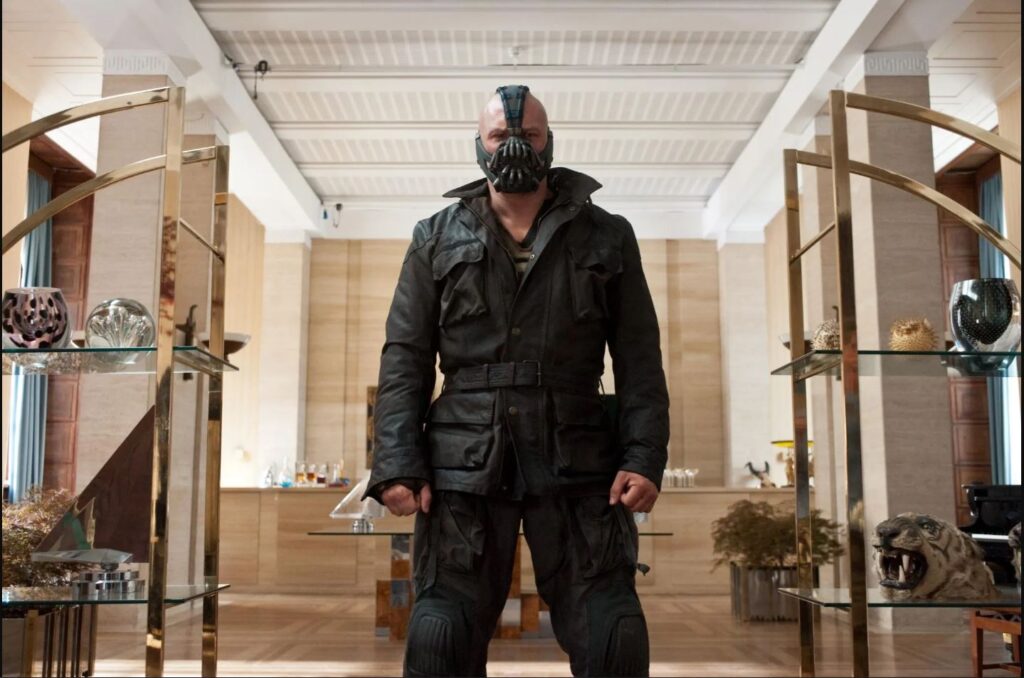
The Dark Knight Rises pays homage and respect to just about everything from the start of Batman Begins to the end of The Dark Knight. True, Nolan could have continued the series, but he and his team sought to end the trilogy on a high note. Something to note in the writing of the Nolan trilogy is how competition between DC Comics and Marvel affected DC productions past and present. Batman Begins predates the start of the Marvel Cinematic Universe. As we saw with the modern DCEU, DC altered their strategy and production business plan in reaction to what their competition was doing. After Man of Steel, the follow up film should have been a solo Batman film. But in an effort to catch up with Marvel they made a crossover film with Superman in order to compete with Marvel’s shared universe. However, in creating The Dark Knight trilogy there was no change in its approach to storytelling and production in an effort to compete with Marvel. In fact, they totally ignored what Marvel was doing and just set out to make good films first and foremost. And that is part of what has helped this trilogy stand the test of time.
Production & Score
The Dark Knight Rises continues the Nolan preference for an entirely practical film as he believed it enhances the immersion and plausibility for audiences. Nolan also pushed for the preservation of classic film techniques. At the time this film was being made, film production was moving away from the traditional use of film stock towards digital cinematography. Feeling that film stock was the more unique and stronger option, he felt it should remain an option for filming. Digital cinematography isn’t going away by any means, but he wanted traditional techniques to remain part of the industry as it would be a shame if they completely faded away.
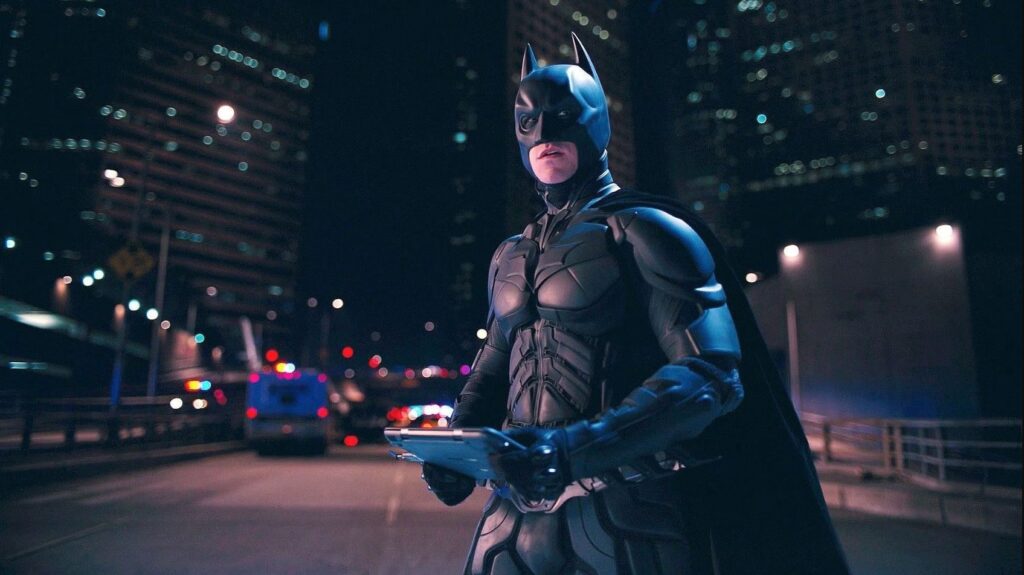
A distinct visual identity was created in Rises, exclusive to this film as in-universe. It has been eight years now and the film is supposed to take place during winter. The sets were made to be functional, not to look pretty. Producers likened it to a war film in terms of its visual style. The film also brought a more realistically grounded version of a classic bat gadget. Earlier films in the trilogy gave us the Batmobile and the Batcycle. But Rises gives us the Batwing, which is referred to in the film as The Bat.
As you noticed in the pre-production segment of this piece, Hans Zimmer did return to compose the score. But James Newton Howard for his own reasons elected not to return leaving Zimmer as the sole composer for The Dark Knight Rises. Zimmer took some cues from his work on the previous films but elected to go in a different direction particularly for Bane’s theme. Notable standouts of the score include the atmospheric track Gotham’s Reckoning.
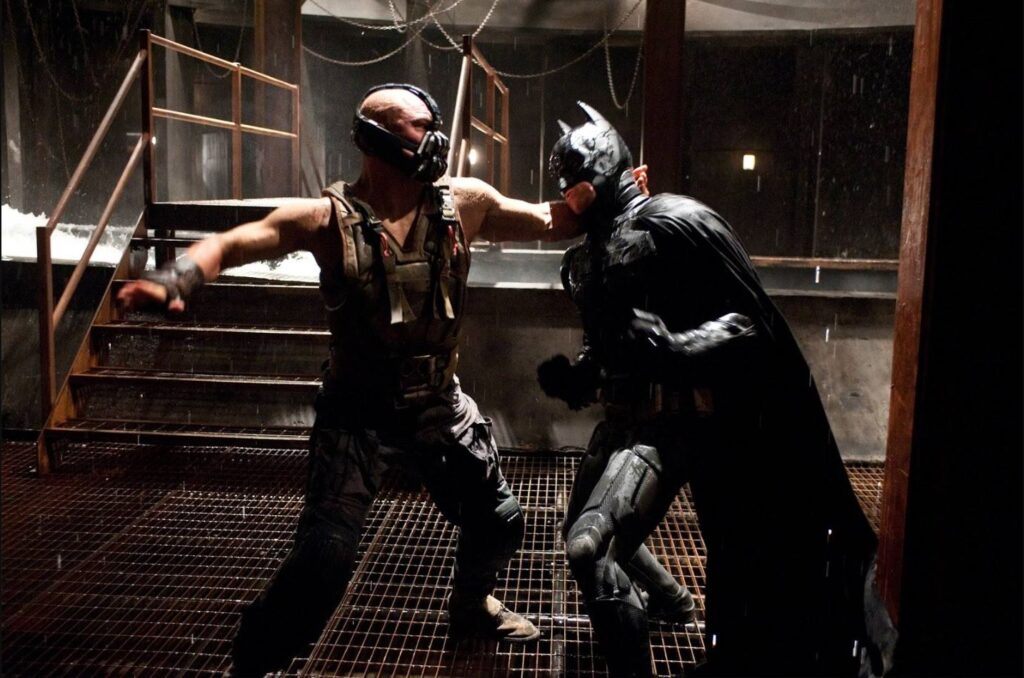
Filming took place on location in several locales, including India, Nottingham, and Pittsburgh amongst several others. During production Nolan invited a handful of prominent directors from the industry including Jon Favreau, Bryan Singer, Michael Bay, Eli Roth, and several others to a private IMAX screening to showcase the first six minutes. The Black Knight Rises grossed $1.081 billion across its theatrical run, with $448 million coming from ticket sales in the US alone. Ticket sales in other countries contributed $632 million. When it comes to the foreign box office draw, something to note is that it remained the highest grossing film outside of America for four consecutive weeks! This tells us that the film had a high watch rate and kept people coming back week after week, which is consistent with the rest of the trilogy. A fact to note is that modern DCEU films struggle to maintain ticket sales in consecutive weeks.

Conclusion
Many view The Dark Knight Rises as the weakest in the trilogy and I would have agreed with that at one point. But after reevaluating the trilogy I find this film to have the strongest ending and it brings home the themes the trilogy had established and built up. And for that I find this film to be a strong showing for the DC icon and remains one of his best films. I recommend The Dark Knight Rises to fans of comic book films as well as fans of thematically driven action films!
Patron Shout-Out
Special thanks to our wonderful Patreon supporters who support our work and without whom our content would not be possible:
Francesco
Lisa



